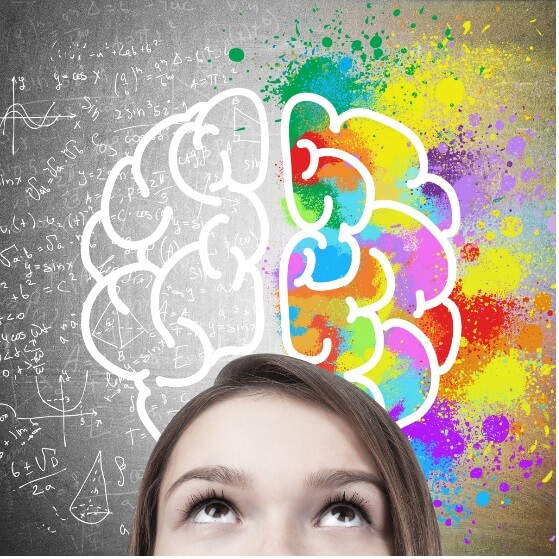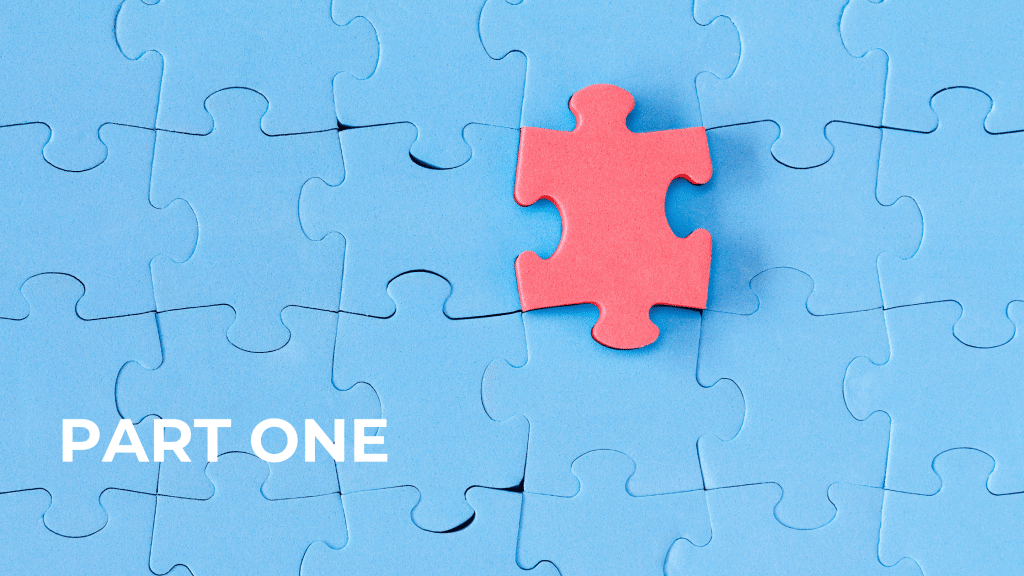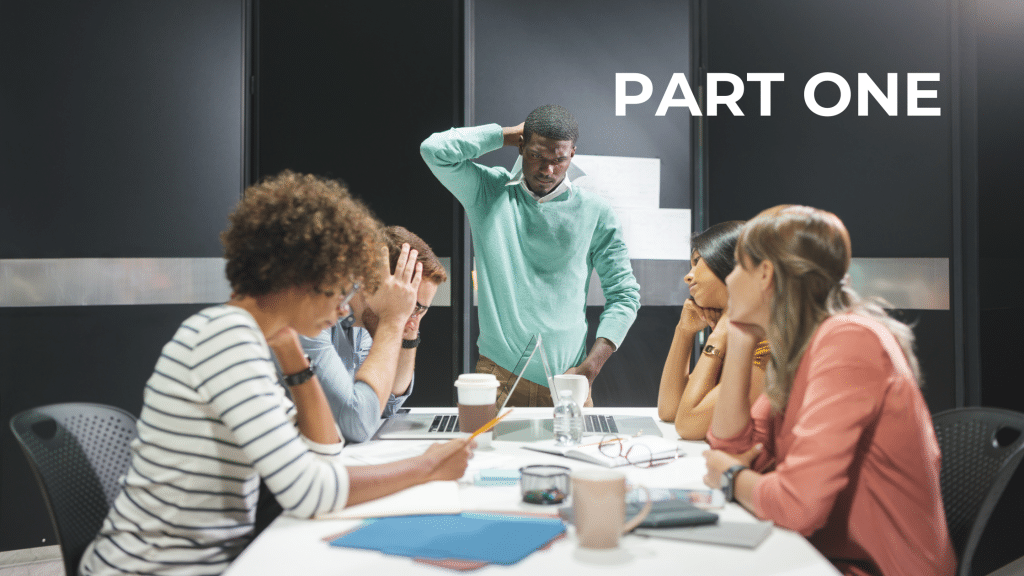Everyone in my immediate family can at least draw an elephant’s backside – but not me. Some of them can do far more than that, including my daughter studying design.
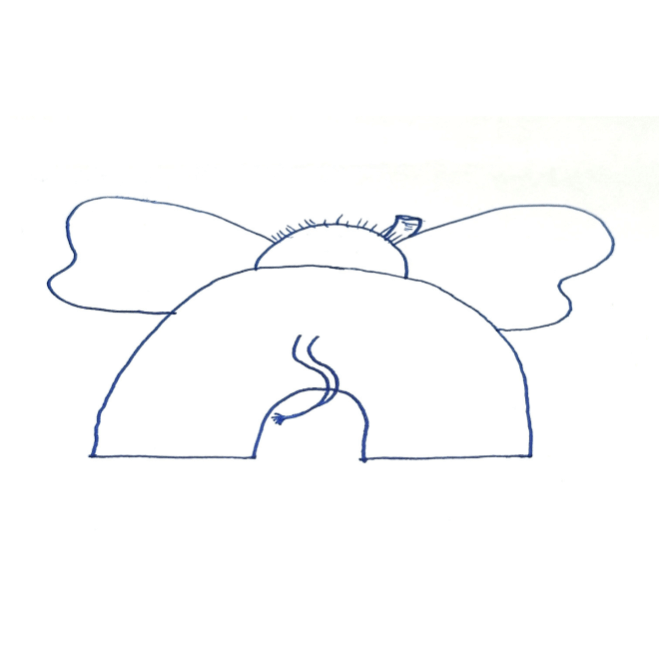
I made my wedding dress, all the bridesmaids’ dresses, the flower girl’s dress, and the groom’s vest to match my dress. I even made boxer shorts for the men in the bridal party – they put on a performance to a certain Right Said Fred song.
Everything looked fine, except for my brother’s boxer shorts – they ended up more like a G-string, which he chose not to wear.
I was in a theatre company in my much younger years. And, over the years, I made costumes and clothes for the kids, dabbled in card-making, mosaics and garden design, spent hours making elaborate kids’ birthday cakes and even made a papier mâché horse pinata that my then five-year-old son could sit on and pretend to ride.
However, I assumed I was not creative because I’m not good at drawing, and my painting skills tend towards the highly abstract.
I made the mistake of comparing my lack of artistry to the rest of my family. I confused artistry with creativity and forgot about my other creative pursuits.
I’m sure I’m not alone. It’s a trap to compare ourselves to others. It blinds us to the valuable capabilities we do have.
Hopefully, you’re aware that creativity is an extremely valuable capability.
The World Economic Forum’s Future Jobs Report 2023 explores how jobs and skills will evolve over the next five years and provides new insights into employer expectations about how socio-economic and technology trends will shape the workplace of the future.
It’s not a lightweight survey. It ‘brings together the perspective of 803 companies – collectively employing more than 11.3 million workers – across 27 industry clusters and 45 economies from all world regions’.
The only core skill NOT ranked above analytical thinking was creative thinking.
Employers ranked it ahead of resilience, flexibility and agility because workers must have the creativity to adapt to disrupted workplaces.
They also found creative thinking is ‘increasing in importance relative to analytical thinking as workplace tasks become increasingly automated’.
Creative thinking is not a fad. After all, Albert Einstein was reported to say “Creativity is intelligence having fun.”
With the anticipated pace and nature of change at work, we must remember that creative thinking is a treasure hunt without a map; while analytical thinking is assembling IKEA furniture with the manual.
However, being given the right manual for every change is highly unlikely.
We must tap into our creativity to find solutions to the challenges that will inevitably emerge.
QUT research has shown that creativity has significant linkages with all but one of the habits that build tolerance of ambiguity (TOA) – for good reason.
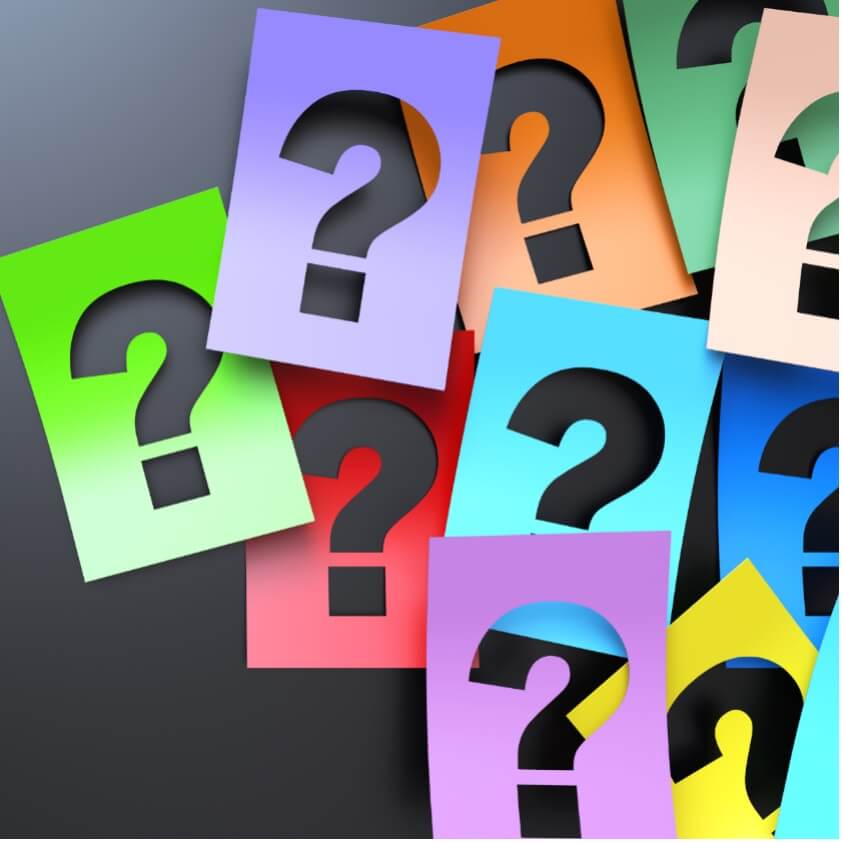
Creativity requires rumination, which runs counter to unlocking inertia (one of the eight TOA habits).
The secret is to ruminate without getting stuck. Set a timer or use other constraints that push you towards taking action.
Four minutes is all you need according to Hal Gregerson, MIT Leadership Centre’s Executive Director. He recommends using those four minutes for a “question burst” process of rapidly brainstorming questions, not answers, to challenge existing assumptions.
His research has found that question bursts unlock new perspectives and innovative solutions quickly.
So, next time you’re looking for an answer, try digging deeper with a rapid round of questions first.

